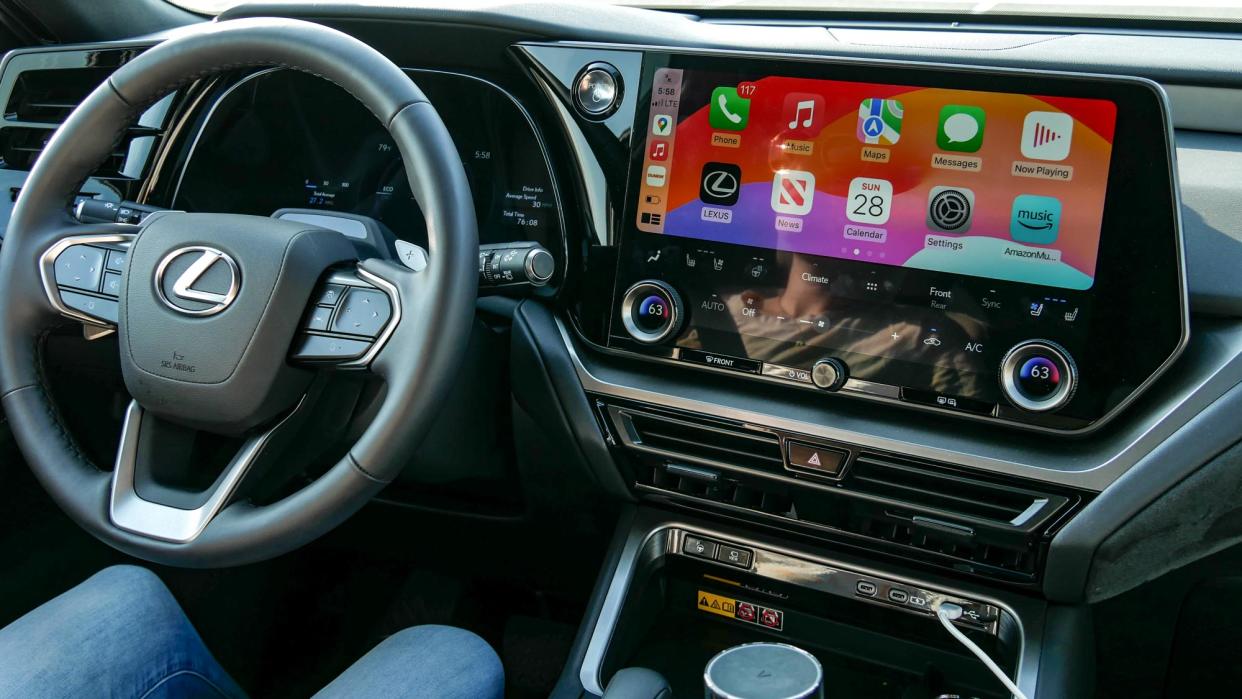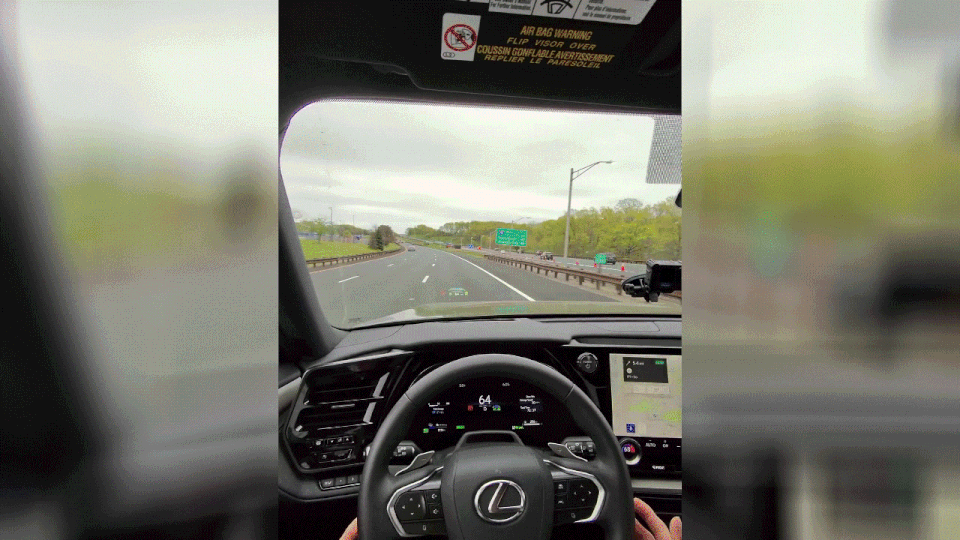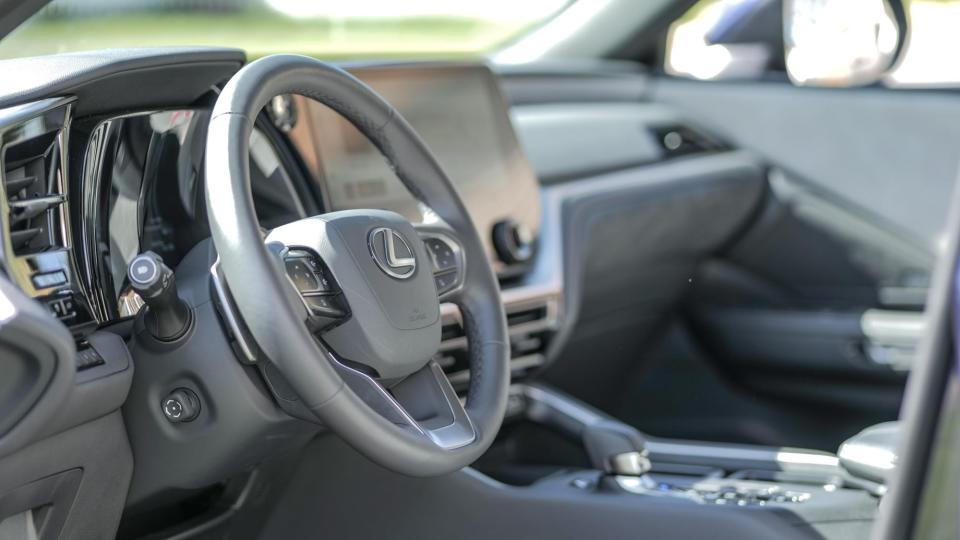I let the Lexus TX550H+ PHEV take over the steering wheel for me, and it was the biggest leap of faith I’ve had driving a car

One of the exciting things about covering today’s best electric cars is that I’m constantly finding features that show me how much the technology has evolved in the 15+ years since I last bought a car. I have to admit, all-electric vehicles like the Ford F150 Lightning I test drove make me jealous about the long-term savings of EVs, but I found out that many plug-in hybrid vehicles, commonly referred to as PHEVs, are also bundled with impressive driving technology,
After test-driving the Lexus TX550H+ for a week, I became acquainted with a driving feature that I’ve never come across before. It’s called dynamic radar cruise control, which is one of the many safety features that make up the Lexus Safety System+ to keep drivers safe. This feature essentially allows the vehicle to cruise at a specified speed, all while applying appropriate acceleration and braking throughout the ride. And yes, it can even move the steering wheel for you as well.
Honestly, my first time trying it out felt like a roller coaster ride. There’s the apprehension about putting faith in a computer system to drive for me, followed by the increase in heart rate I experienced. I bet that my Apple Watch Series 9 was probably reading over 100 beats/minute at the moment I let my foot off the pedal and my hands from the steering wheel.
Obviously, it’s an experience I’m sure to retell to anyone shopping around for their next car — but I learned some valuable lessons from it.
Driving habits will change

Life’s all about change, so while it may be tough to adapt to something new, you inevitably have to when it comes to operating newer vehicles. For example, I still find myself leaning over to my right side while backing up a newer EV — even though I could rely on the backup camera to guide me. The same applies to dynamic radar cruise control on the Lexus TX550H+ because now I’m leaning on technology to do everything.
Since the system automatically guides the steering wheel on its own, I don’t need to have such a tight grip on the steering wheel. That’s because the lane assist feature uses the vehicle’s cameras and radar to keep the SUV steady in its lane while driving. While I can manually override the steering and drive it myself, the first time trying dynamic cruise control felt jarring because I wasn’t used to the steering wheel ‘fighting’ my guidance.
However, I soon became acquainted with its driving, and it certainly has its merits. While the obvious case for dynamic cruise control would be for long trips driving on highways, I was equally as impressed by its effectiveness on local roads. That’s because it will apply the brakes and come to a full stop when it senses a vehicle is up ahead, while also accelerating the moment traffic starts moving. For those stop-and-go days when there’s congestion, it certainly helps.
It’s called driving assist for a reason and not automated driving

Technology is supposed to help us, but it shouldn’t make us lazy. That’s why Lexus (and many other car makers) often refer to this feature as "driving assist" and not "fully automated driving." During my week driving the Lexus TX550H+, I fully understand why this feature is more of an assistance than anything else.
There’s clearly a limitation on what it’s able to do. Call it nearsightedness, but this technology only adapts to what’s in front of it. For example, it’ll keep the TX550H+ at a set distance from the car in front of it to maintain the cruise control speed I set. However, the computer system lacks our perception to know the upcoming road conditions farther ahead.
An example of this is a steep incline or hill while driving on the highway. Often than not, the dynamic cruise control will maintain its speed and would eventually apply stronger acceleration a little after it first hits the bottom of the incline — rather than anticipating it beforehand and speeding a little to make it less of an effort. So there’s still work to be done before it can match our level of perception.
Frankly, it’s a safety feature that assists drivers, which I think is a tremendous benefit because our safety is paramount. I often think about my own father, who’s at that age when he’s simply not as sharp or reactive with driving. That’s the problem many people face who have older parents who still think they are capable of driving. For that older population, this technology can not only make them safer drivers but also protect other drivers.
This is still much better than the cruise control I’ve been used to all my life, so I’m glad this is increasingly becoming a standard feature in most vehicles.

